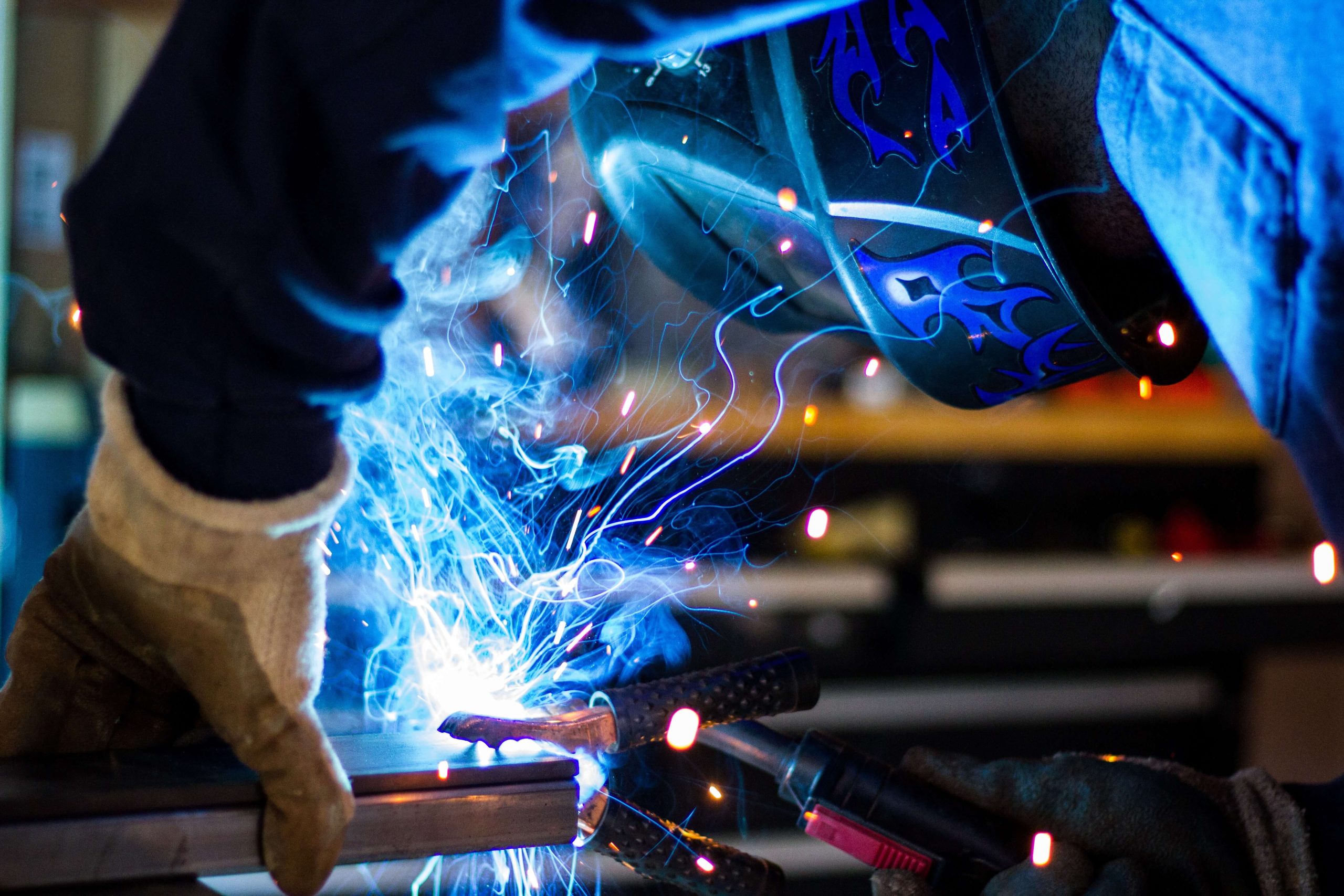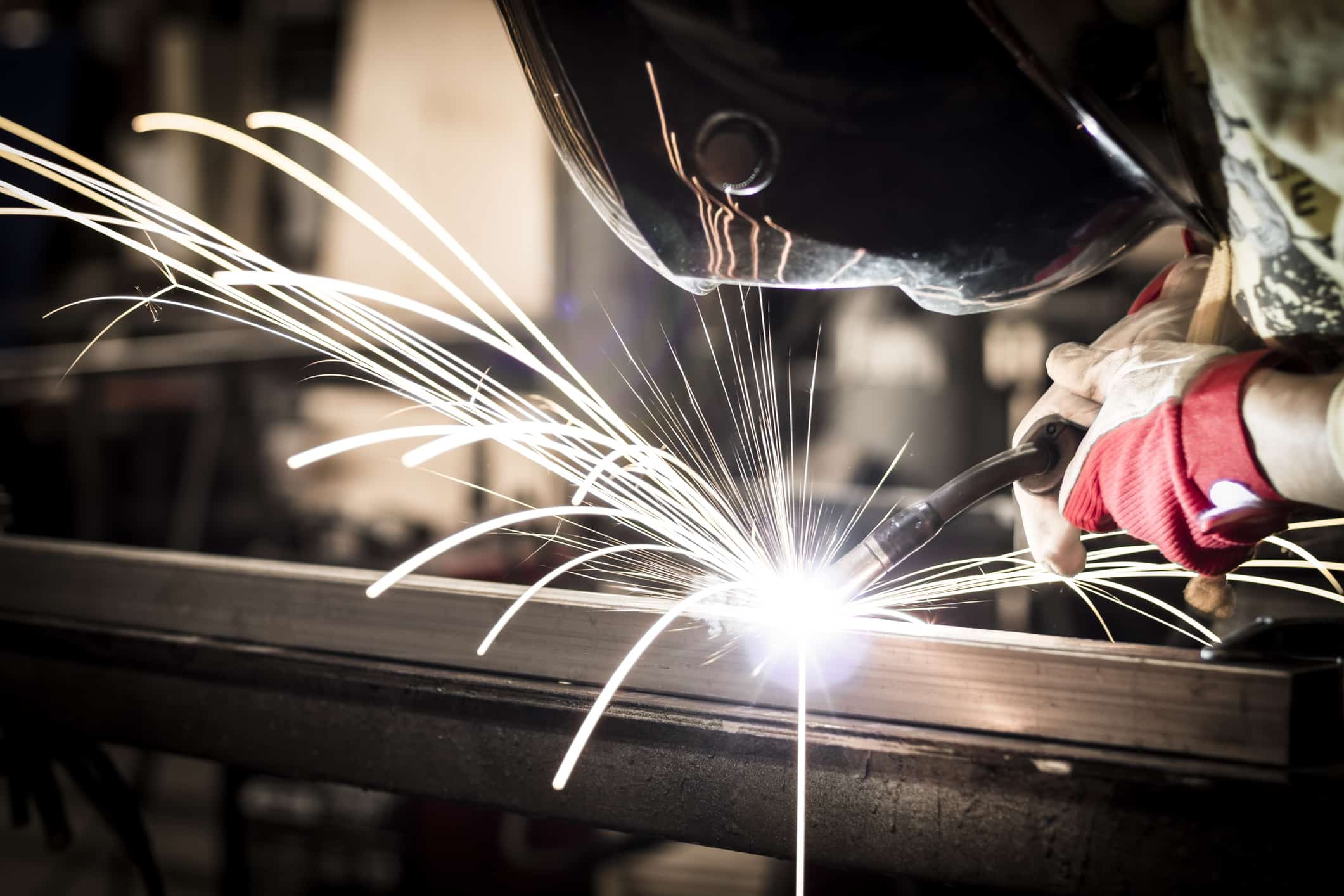Typical Welding Repair Issues and Exactly How to Address Them Successfully
Welding repair work commonly encounter an array of problems that can threaten the honesty of the end product. Common troubles include insufficient penetration, porosity, and imbalance, to name a few. Each problem presents unique difficulties that need details strategies for resolution. Recognizing these concerns is crucial for welders aiming to boost their abilities and results. This discussion will certainly check out these typical welding repair service problems and reliable techniques to address them.
Inadequate Penetration
Insufficient infiltration takes place when the weld steel fails to completely fuse with the base material, leading to weak joints and potential structural failings. This concern commonly originates from insufficient heat input, incorrect electrode angle, or improper welding speed. Welders might come across poor infiltration because of a mistake of the needed specifications for a specific product density or kind. In addition, contamination on the base material's surface can impede reliable bonding, worsening the trouble. To attend to insufficient penetration, welders ought to assure ideal setups on their equipment and keep a tidy job surface. Regular evaluation of welds is advised to identify any type of shortages early, enabling for prompt adjustments and the prevention of jeopardized architectural stability in bonded settings up.
Porosity
Porosity is a common issue in bonded joints that materializes as little gas bubbles trapped within the weld steel. This defect can compromise the stability of the weld, leading to minimized toughness and potential failure under anxiety. Montana Mobile Welding and Repair Welding. Porosity usually occurs from contamination, moisture, or inappropriate welding methods, which permit gases to get away right into the liquified weld pool. To deal with porosity, welders must ensure proper surface area preparation, keep a tidy workplace, and make use of appropriate welding specifications. In addition, picking the appropriate filler material and securing gas can minimize gas entrapment. Normal inspection and testing of welds can help determine porosity early, ensuring timely restorative activities are taken, therefore maintaining the high quality and dependability of the bonded structure
Misalignment
Imbalance in welding can emerge from different variables, consisting of improper arrangement and thermal growth. Recognizing the root causes is crucial for reliable resolution. Several correction techniques are readily available to straighten components and assure structural stability.
Root causes of Imbalance
Welding misalignment often stems from a range of underlying issues that can compromise structural honesty. One primary cause is inappropriate fit-up of parts before welding, which can bring about gaps and unequal surfaces. Variations in thermal growth throughout the welding procedure can likewise cause distortion, especially if the products being signed up with have different coefficients of growth. In addition, poor securing and fixturing might fail to hold elements securely in area, bring about activity during welding. Poorly kept devices, consisting of welding machines and devices, might introduce variances in the weld grain, additional adding to imbalance. Ultimately, driver error, originating from not enough training or experience, can likewise play a substantial duty in producing misaligned welds.
Modification Techniques Readily Available
Dealing with misalignment efficiently requires a mix of rehabilitative strategies customized to the details problems available. One typical method is making use of jigs or fixtures to hold components in the appropriate setting throughout welding, guaranteeing constant positioning. Furthermore, preheating the products can help decrease distortion and improve fit-up. For substantial imbalance, mechanical realignment methods, such as making use of hydraulic jacks or clamps, can be utilized to correct the placement before welding. Post-weld warmth therapy may likewise be necessary to eliminate stress and anxieties triggered by imbalance. Mindful examination and adjustment during the configuration stage can prevent imbalance concerns from ending up being significant issues, promoting a smoother welding process and boosting general architectural integrity.
Distortion
Distortion is a typical obstacle in welding that can arise from different variables, including uneven heating & cooling. Recognizing the reasons for distortion is necessary for carrying out reliable avoidance techniques. Addressing this issue not only boosts architectural honesty yet also enhances the general top quality of the weld.
Reasons of Distortion
When based on the intense heat of welding, products usually undergo adjustments that can bring about distortion. This sensation largely emerges from thermal development and tightening throughout the welding process. As the weld location heats up, the material expands; upon cooling, it contracts, which can develop inner anxieties. Furthermore, unequal home heating throughout a workpiece can intensify these tensions, resulting in warping or bending. The sort of material also plays a substantial duty; steels with varying thermal conductivity and coefficients of expansion may respond differently, causing unforeseeable distortions. Moreover, inadequate joint style and inadequate fixturing can add to imbalance throughout welding, raising the chance of distortion. Recognizing these causes is crucial for reliable welding repair work and prevention approaches.
Avoidance Techniques
Reliable prevention methods for distortion during welding emphasis on regulating warm input and ensuring correct joint design. Keeping a consistent warmth input aids to lessen thermal development and contraction, which can lead to distortion. Utilizing strategies such as preheating the work surface can also minimize the temperature slope, advertising consistent heating. In addition, selecting appropriate joint layouts, such as T-joints or lap joints, can enhance security and decrease tension focus. Carrying out correct fixturing to secure the workpieces in place better help in preserving placement during the welding process. Staggered welding series can distribute heat more uniformly, avoiding local distortion. By using these approaches, welders can considerably decrease the chance of distortion and improve the total quality of their welds.
Cracking
Splitting is a typical concern experienced in welding fixings, often arising from various aspects such as inappropriate air conditioning prices, material selection, or inadequate joint preparation. The event of fractures can considerably jeopardize the integrity of the weld, bring about prospective failures throughout procedure. To resolve this problem, welders have to initially examine the origin, guaranteeing that products are compatible and properly chosen for the specific application. In addition, controlling the cooling rate throughout the welding process is necessary; rapid cooling can generate tension and bring about breaking. Proper joint design and preparation additionally contribute to minimizing the risk. Applying these methods can enhance weld top quality and resilience, inevitably decreasing the likelihood of cracking in completed weldments.

Incomplete Combination
A substantial concern in welding repair work is incomplete blend, which happens when the weld steel does not adequately bond with the base product or previous weld passes - Fabrication. This issue can lead to weaknesses in the joint, potentially endangering the integrity of the bonded structure. Variables adding to incomplete fusion consist of not enough warm input, incorrect welding strategy, and contamination of the surface areas being joined. To resolve this problem effectively, welders must guarantee correct pre-weld cleaning and surface area prep work, as well as change their welding specifications to attain sufficient penetration and fusion. Normal examination during the welding procedure can also aid identify insufficient blend early, enabling prompt corrective procedures to boost the general high quality of the weld
Overheating
While welding repairs can improve structural honesty, overheating presents a considerable challenge that can result in material destruction. Too much warm during welding can alter the mechanical properties of advice steels, causing lowered stamina, enhanced brittleness, and warping. This sensation is especially important in high-stress applications where structural reliability is paramount. Recognizing getting too hot can include visual evaluations for discoloration or distortion, as aluminum mig wire well as keeping an eye on temperature throughout the welding process. To reduce the threats connected with overheating, welders need to utilize appropriate strategies, such as regulating warmth input, readjusting traveling rate, and utilizing ideal filler products. Furthermore, executing pre- and post-weld warmth therapies can help recover material buildings and improve the total high quality of the repair, making certain long-term efficiency and safety.
Often Asked Inquiries
What Are the Typical Indicators of a Welding Defect?

How Can I Evaluate My Welds for Top quality?
To evaluate welds for quality, one can use visual assessments, ultrasonic screening, and radiographic approaches. Each strategy assures architectural stability, recognizes flaws, and verifies adherence to specified standards, inevitably improving the dependability of the welded joints.
What Safety and security Precautions Should I Take While Welding?
When welding, one ought to prioritize security by wearing suitable personal protective tools, making certain appropriate ventilation, safeguarding combustible materials away, maintaining a tidy office, and understanding environments to avoid injuries and crashes.
Can I Fix a Weld Without Redoing the Entire Joint?
Fixing a weld without remodeling the entire joint is feasible, depending upon the damages (Montana Mobile Welding and Repair). Strategies such as grinding, adding filler material, or utilizing a welding procedure can properly deal with details problems while preserving the surrounding structure
What Devices Are Vital for Efficient Welding Repairs?
Necessary tools for reliable welding repair work consist of a welding equipment, wire brush, grinder, safety equipment, clamps, and filler materials. Each tool plays a vital duty in making sure top quality and safety and security during the fixing process. Porosity typically develops from contamination, moisture, or improper welding strategies, which allow gases to leave into the liquified weld pool. Improperly maintained devices, including welding devices and devices, might introduce incongruities in the weld bead, further contributing to misalignment. When subjected to the intense warm of welding, materials often undergo changes that can lead to distortion. Fracturing is an usual concern run into in welding repair work, commonly resulting from numerous variables such as inappropriate air conditioning prices, product option, or poor joint prep work. A significant issue in welding repair work is insufficient combination, which occurs when smart welding the weld steel does not effectively bond with the base material or previous weld passes.